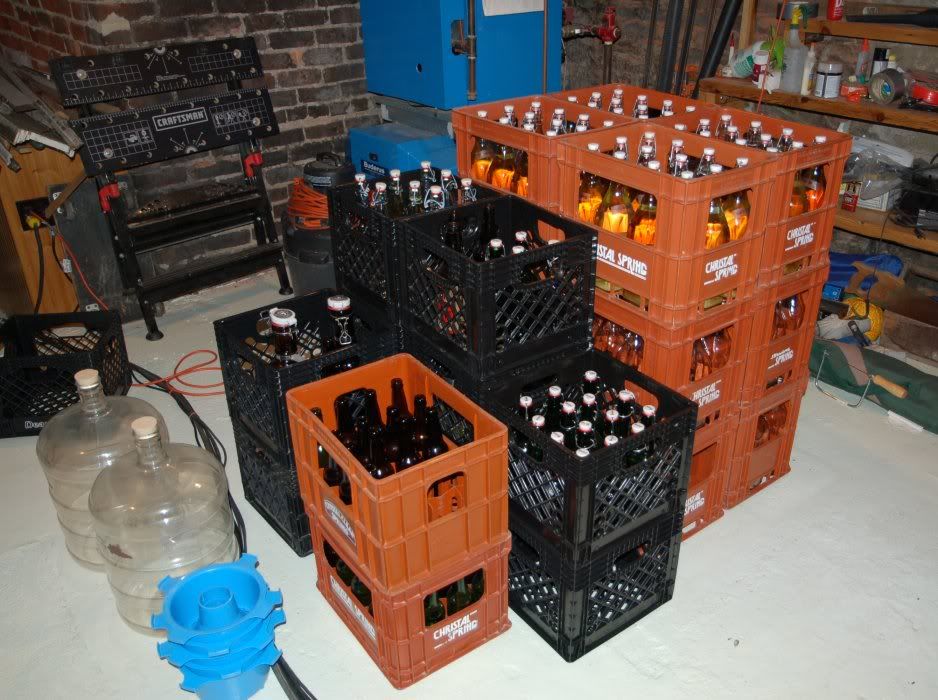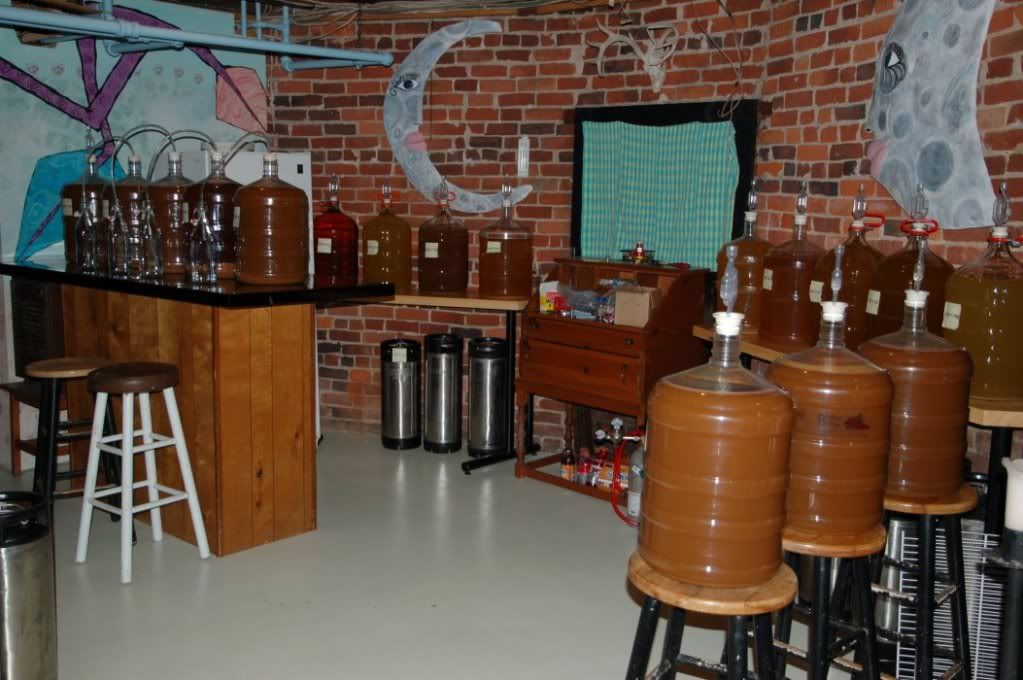wcarter1227
Well-Known Member
i have not had good results with 4766, besides it drying out the cider it is next to impossible to stop. I crashed a cider with 4766 twice and when i thought it was stable at 1.10 for 2 weeks, i bottled it. Bottles lasted about 1 month and then started bursting. I took the gravity reading of one at 1 month and it was down to 1.00.
It also leaves the cider tasting like plain old rocket fuel and requires quite a long time to age. My first batch of 4766 i made over a year ago and is just starting to become drinkable. tastes more like a white wine with a splash of apple.
Im not a huge fan of apfelwein as it is also too dry IMHO, however my 4766 cider makes apfelwein look like a bottle of fine wine
It also leaves the cider tasting like plain old rocket fuel and requires quite a long time to age. My first batch of 4766 i made over a year ago and is just starting to become drinkable. tastes more like a white wine with a splash of apple.
Im not a huge fan of apfelwein as it is also too dry IMHO, however my 4766 cider makes apfelwein look like a bottle of fine wine
















































![Craft A Brew - Safale BE-256 Yeast - Fermentis - Belgian Ale Dry Yeast - For Belgian & Strong Ales - Ingredients for Home Brewing - Beer Making Supplies - [3 Pack]](https://m.media-amazon.com/images/I/51bcKEwQmWL._SL500_.jpg)











